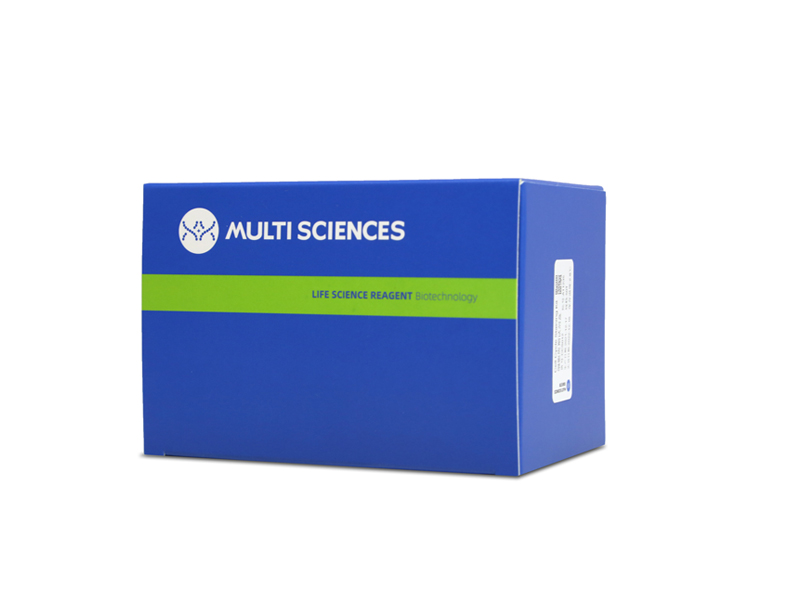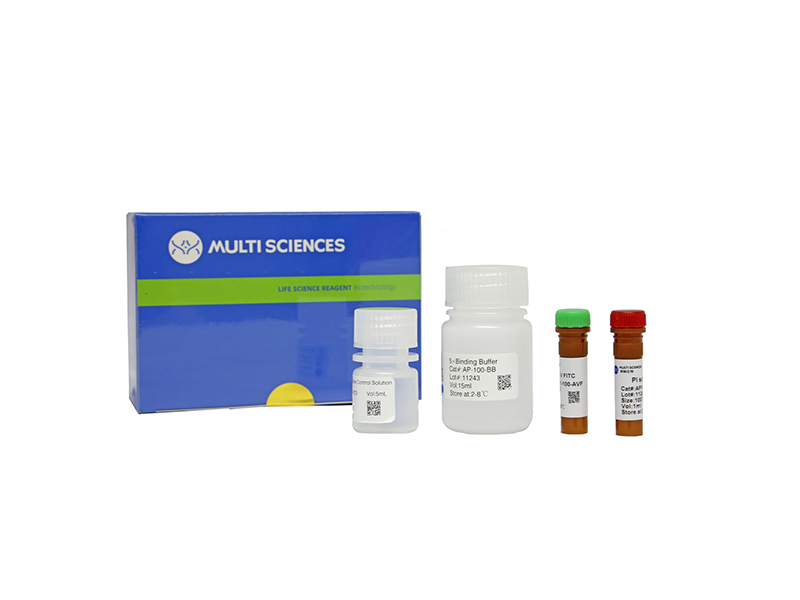Acute pancreatitis (AP) is an inflammatory disorder that has been associated with systemic inflammatory response syndrome. Ginsenoside Rg3 is a major active component of Panax ginseng, which has been demonstrated to exert potent protective effects on hyperglycemia and diabetes. However, it remains to be determined whether Rg3 ameliorates AP. Thus, an in vitro AP cell model was established in the present study by exposing AR42J cells to cerulein (Cn). AR42J cell viability was increased in the Rg3‑treated group as compared with the Cn‑exposed group. Simultaneously, the number of dead AR42J cells was decreased in the Rg3‑treated group compared with the group treated with Cn only. Furthermore, following treatment with Rg3, the production of malondialdehyde (MDA) and ferrous ion (Fe2+) in the AR42J cells was reduced, accompanied by increased glutathione (GSH) levels. Western blot analysis revealed that the decrease in glutathione peroxidase 4 (GPX4) and cystine/glutamate transporter (xCT) levels induced by Cn were reversed by Rg3 treatment in the AR42J cells. Mice treated with Cn exhibited increased serum amylase levels, as well as increased levels of TNFα, IL‑6, IL‑1β, pancreatic MDA, reactive oxygen species (ROS) and Fe2+ production. Following Rg3 treatment, ROS accumulation and cell death were decreased in the pancreatic tissues compared with the AP group. Furthermore, in the pancreatic tissues of the AP model, the expression of nuclear factor‑erythroid factor 2‑related factor 2 (NRF2)/heme oxygenase 1 (HO‑1)/xCT/GPX4 was suppressed. In comparison, the NRF2/HO‑1/xCT/GPX4 pathway was activated in pancreatic tissues following Rg3 administration. Taken together, the present study, to the best of our knowledge, is the first to reveal a protective role for Rg3 in mice with AP by suppressing oxidative stress‑related ferroptosis and the activation of the NRF2/HO‑1 pathway.
文章引用产品列表
-
- AP104 95 Citations
- 凋亡试剂盒
Annexin V-PE/7-AAD Apoptosis Kit 细胞凋亡试剂盒
- ¥780.00 – ¥1,860.00



